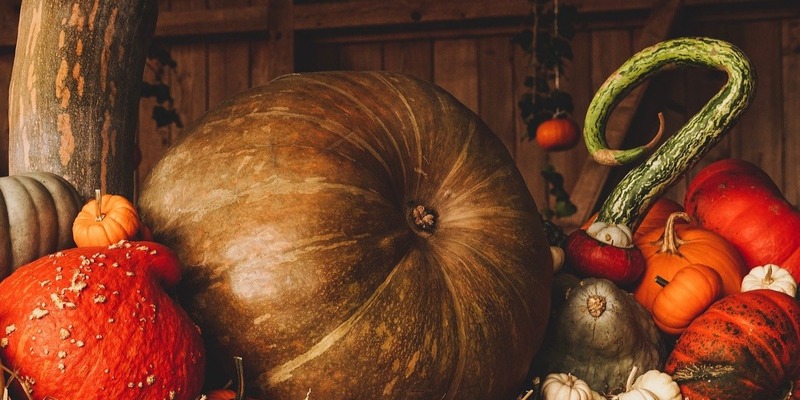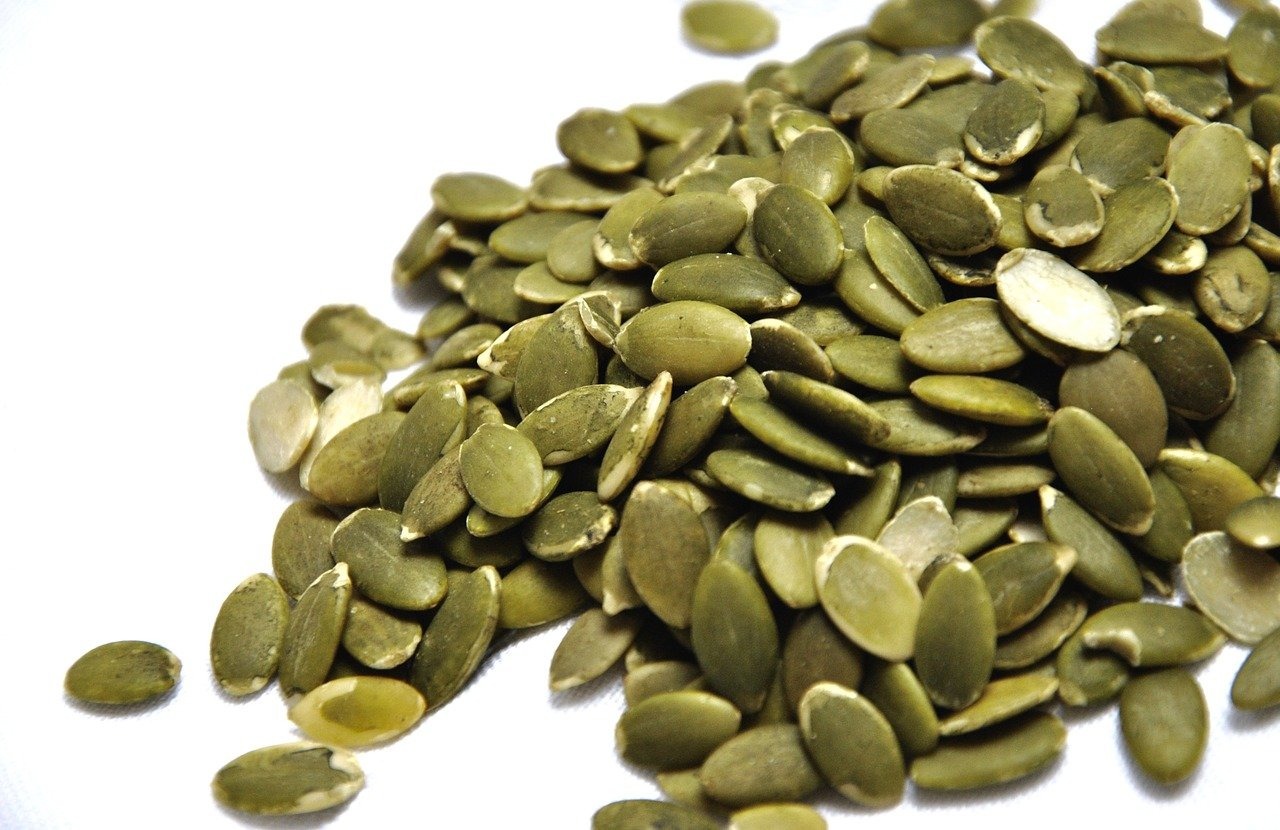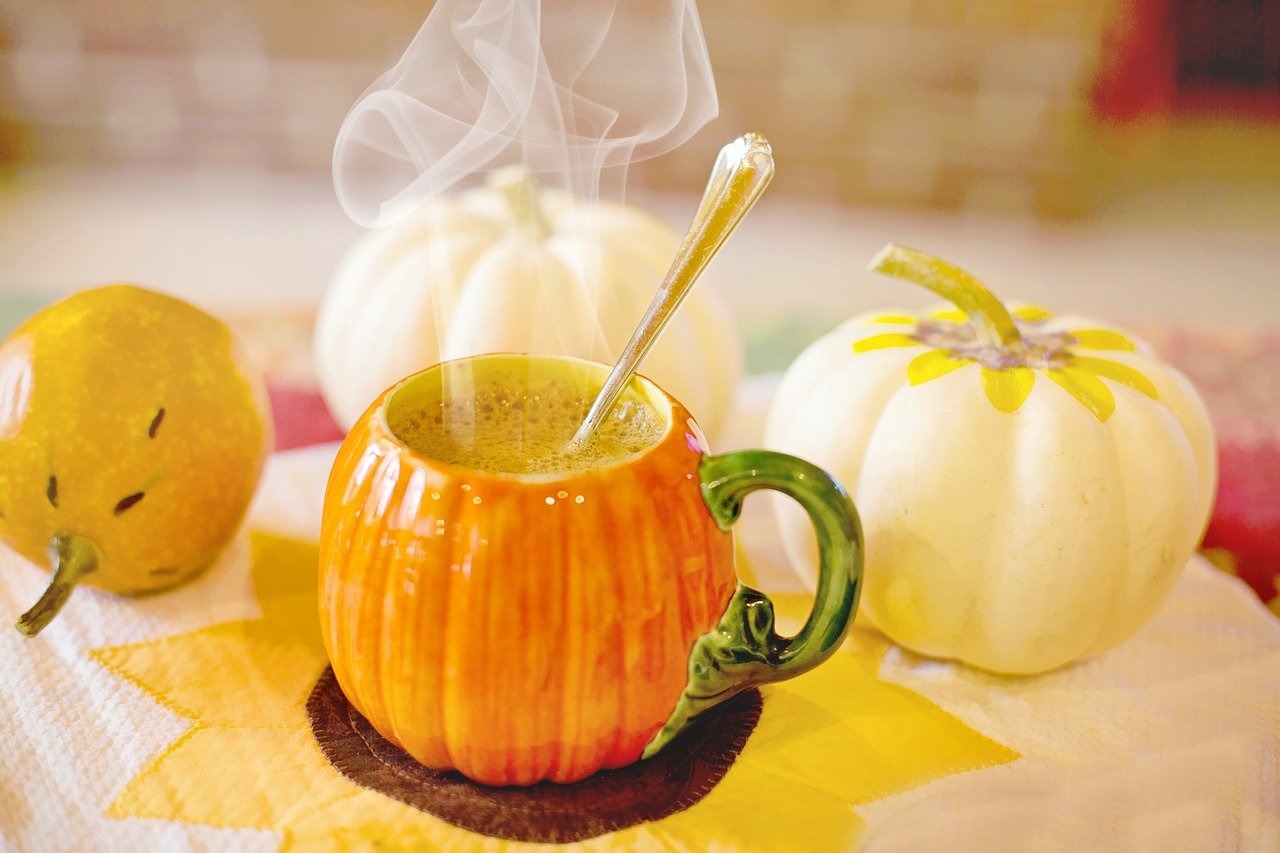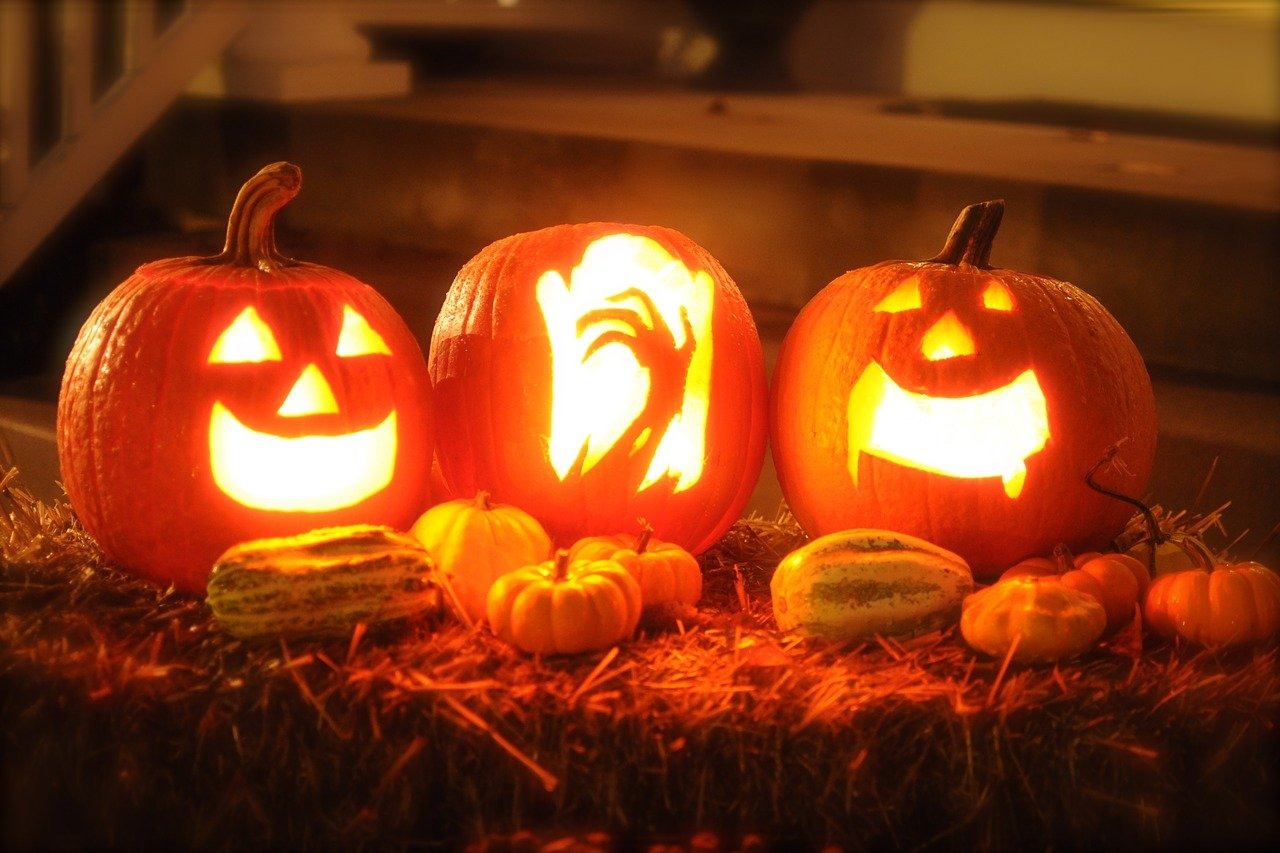13 unusual and fun facts about pumpkins

Pumpkins are the unofficial mascot of fall. As these bright orange orbs with green stems pop up in grocery stores and farmers markets, they signal the transition from hot summer to cooler temperatures, fresher air, and of course, Halloween!
But how much do you really know about pumpkins?
Here's everything you need to know about pumpkins, including some facts that will make you say, "Oh, my pumpkin!"
1. pumpkins are technically a fruit
You may not find pumpkin in a delicious fruit salad recipe, but it is technically a fruit. The reason: it contains seeds. Pumpkin is a type of winter squash and is closely related to cucumbers and melons.
2. Pumpkins are packed with nutrients
Pumpkins are a nutrient-dense and naturally low-calorie food. 100g of cooked pumpkin has only 31 calories, but contains 30 percent of the daily requirement of vitamin K, along with vitamin C, potassium, vitamin E, iron, folic acid and niacin.
3. pumpkin offers plenty of health benefits
Pumpkins contain plenty of the antioxidant beta-carotene. Beta-carotene is converted to vitamin A in the body and has been shown in studies to help fight off infections, prevent some age-related vision problems and protect the skin from harmful UV rays.
4. each pumpkin produces about 500 seeds

Pumpkins are full of seeds, and they are a delicious and nutritious snack. Unhulled pumpkin seeds can be roasted and eaten and provide antioxidants, magnesium, zinc, iron and fatty acids.
5. the first pumpkin pies looked different from today
Although pumpkin pie has been around for centuries, the early versions looked a little different than today's. Early recipes from colonial times featured a hollowed-out pumpkin that served as the crust for the pie.
6. canned pumpkin is not really pumpkin
Want to make a pumpkin pie in the fall? It's easy to grab a can of pumpkin puree off the shelf at the grocery store - after all, it says it's 100 percent pumpkin. But is it? It turns out that canned pumpkin puree is usually made from Dickinson squash, a species relative of butternut and acorn squash. The USDA set the standards for canned pumpkin back in 1957 and not much has changed since then. The best way to make sure you get real pumpkin in your pie and other pumpkin recipes is to make homemade pumpkin puree. 500g of pumpkin will make the same amount of pumpkin puree as a can of the store-bought product.
7. pumpkin spice lattes are also a little misleading

Sipping your favorite Pumpkin Spice Latte - or a healthier Pumpkin Spice Shakeology Smoothie - is the perfect way to welcome fall. While the Pumpkin Spice Lattes of popular chains contain a bit of pumpkin puree, the real flavor comes from pumpkin spice - a blend of cinnamon, nutmeg and cloves designed to enhance the flavor of the fruit. Pumpkins don't have much flavor, so they need something extra to make them taste good in pies.
8. Cinderella made pumpkins popular
The story of Cinderella wouldn't be the same without the pumpkin that turned into a carriage to take her to Prince Charming's ball. So it's fitting that the fairy tale was the first time the word pumpkin was used in the form we know it today. Pumpkins were first named in 1584 by French explorer Jacques Cartier. He called them gros melons, which translates to pompions in English. Pompions eventually evolved into pumpkins and the first known use of the word in literature was in the story of Cinderella.
9. pumpkins grow everywhere except Antarctica
Conditions on the continent of Antarctica are not conducive to growing pumpkins, but they grow everywhere else. Top producers of pumpkins include China, India, Mexico and Ukraine.
10. the U.S. produces 750,000 tons of pumpkins each year
The United States is also a large producer of pumpkins. Each state grows some pumpkins, but the bulk of the supply is grown in five states: California, Illinois, Indiana, Pennsylvania and Texas. In addition, most of the 750,000 tons grown each year are sold in October.
11. pumpkins were not always popular on Halloween

The tradition of carving pumpkins on Halloween dates back to a spooky Irish folk tale about a man named Stingy Jack. People in Ireland and Scotland eventually began carving faces into root vegetables like turnips to create jack-o'-lanterns to keep evil spirits away. Immigrants brought this tradition with them when they moved to the United States, and over time pumpkins became the first choice for these carvings.
12. You shouldn't eat your Jack-O-Lanterns
While it may be tempting to cook your pumpkin after Halloween, it's not a good idea. The pumpkins we carve are not the pumpkins we cook with. The ones we cook with are called pie pumpkins or sugar pumpkins. They are much smaller - about the size of an acorn squash - and sweeter than their larger species relatives. These two aren't the only types of pumpkins, though. There are about 45 different types of pumpkins that vary in size, shape and color, from miniature to white to green. Most giant pumpkins - the ones that win big contests every year - come from the species Cucurbita maxima.
13. this is a big pumpkin
Mathias Willemijns holds the title for the heaviest pumpkin, according to the Guinness Book of World Records. The Belgian grew a pumpkin that weighed 1191.5 kg. That's bigger than many small cars!
More information
Always consult your healthcare provider to ensure that the information displayed on this page applies to your personal circumstances.


















